By Deborah Jeanne Sergeant

RIGHT: Kerry Graff is a physician and an independent contractor in lifestyle medicine in Rochester.
Eating right represents one of the pillars of good health and longevity. As part of an overall healthful diet, every older adult should consider including these foods, assuming they’re not contraindicated for any medication or health issues they’re experiencing.
Beans
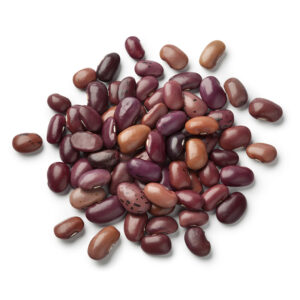 “Any kind of beans should be eaten on a regular basis,” said Susan Friedman, physician and director of lifestyle medicine at Highland Hospital. “They’re high in fiber and 97% of people in the country don’t get the recommended amount of fiber. It’s one of the nutrients we’re most deficient in as a population.”
“Any kind of beans should be eaten on a regular basis,” said Susan Friedman, physician and director of lifestyle medicine at Highland Hospital. “They’re high in fiber and 97% of people in the country don’t get the recommended amount of fiber. It’s one of the nutrients we’re most deficient in as a population.”
Friedman also touted beans’ versatility, high protein content and affordability.
Water
 While not technically a nutrient, water is vital for good health.
While not technically a nutrient, water is vital for good health.
Friedman said that many people suffer from chronic, low-level dehydration. “People who tend to run a little dry are at higher risk for strokes. Stay hydrated and have plenty of water.”
Herbs & Spices
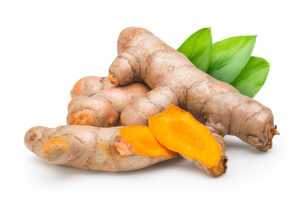 They make food more flavorful, which can help reduce salt intake. But many herbs and spices also provide intrinsic benefits.
They make food more flavorful, which can help reduce salt intake. But many herbs and spices also provide intrinsic benefits.
“Cinnamon, turmeric and others can be anti-inflammatory and help with blood sugar,” Friedman said.
Greens
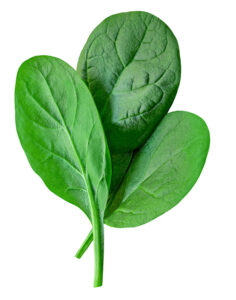 Specifically, kale, spinach, Swiss chard, arugula, beet greens, bok choy, collard greens, mustard greens, turnip greens, Brussels sprouts, broccoli, cauliflower, cilantro parsley and asparagus are the top greens. Although green in color, iceberg lettuce isn’t as packed with nutrients as the darker greens.
Specifically, kale, spinach, Swiss chard, arugula, beet greens, bok choy, collard greens, mustard greens, turnip greens, Brussels sprouts, broccoli, cauliflower, cilantro parsley and asparagus are the top greens. Although green in color, iceberg lettuce isn’t as packed with nutrients as the darker greens.
“They’re good for artery health,” Friedman said of greens.
She noted that Caldwell Blakeman Esselstyn Jr., physician and author of “Prevent and Reverse Heart Disease” and director of the Heart Disease Reversal Program at the Cleveland Clinic, had a group of patients with end-stage heart disease and put them on a low-fat, whole food diet with a focus on greens.
“What he found is those who were able to stay on that eating pattern had reversal of their heart disease,” Friedman said. “They had decrease of symptoms and very few cardiac events.”
Berries
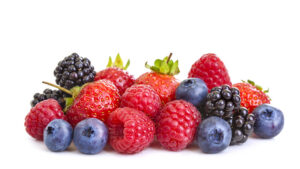 Whether frozen or fresh, berries such as raspberries, blackberries, blueberries or strawberries offer many benefits.
Whether frozen or fresh, berries such as raspberries, blackberries, blueberries or strawberries offer many benefits.
“Wild blueberries are very high in antioxidants and are anti-inflammatory,” Friedman said. “All berries are good sources of fiber.”
Produce
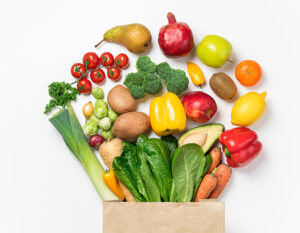 Beyond berries and greens, eating a variety of colorful fruits and vegetables help ensure sufficient nutrients along with decreasing caloric intake, which is important for those struggling to keep weight off.
Beyond berries and greens, eating a variety of colorful fruits and vegetables help ensure sufficient nutrients along with decreasing caloric intake, which is important for those struggling to keep weight off.
“As people get older, the caloric needs go down but the need for nutrients doesn’t,” Friedman said. “Where a teenager can get away with eating a lot of junk food, when you’re older you need to eat real food. ‘Eating the rainbow’ gives a variety of vitamins and minerals. The colors are reflective of different nutrients needed for health.”
Oatmeal
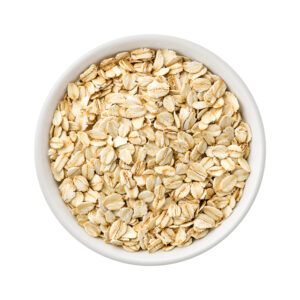 The breakfast staple is a whole grain that is “good for cholesterol,” Friedman said. “You can doctor it up with mixed berries, banana and cinnamon on top. You can put in apples and cinnamon or raisins. You can make it savory as well.”
The breakfast staple is a whole grain that is “good for cholesterol,” Friedman said. “You can doctor it up with mixed berries, banana and cinnamon on top. You can put in apples and cinnamon or raisins. You can make it savory as well.”
But beware of sweetened, flavored packets of oatmeal.
“If you eat those, you might as well eat a Danish,” said Kerry Graff, physician and an independent contractor in lifestyle medicine in Rochester.
Whole Grains
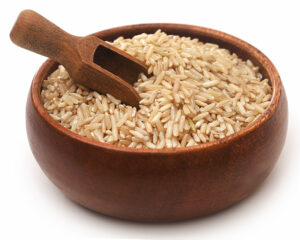 In addition to oatmeal, she recommends eating a few other servings of whole grains daily, such as barley in vegetable soup, brown rice, wild rice, whole wheat pasta and whole grain bread; but watch out for “wheat bread” that’s low in fiber.
In addition to oatmeal, she recommends eating a few other servings of whole grains daily, such as barley in vegetable soup, brown rice, wild rice, whole wheat pasta and whole grain bread; but watch out for “wheat bread” that’s low in fiber.
“You want grains in their original form,” she said.
Omega 3
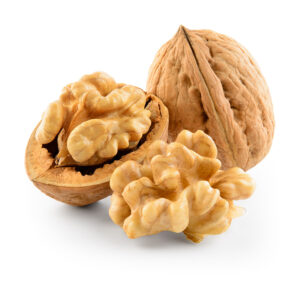 These help promote the health of the brain and joints. Graff noted that chia seeds, walnuts and ground flax seeds are great sources of omega-3s.
These help promote the health of the brain and joints. Graff noted that chia seeds, walnuts and ground flax seeds are great sources of omega-3s.
“You need one tablespoon or so a day,” Graff said. “Watch portion size if you need to lose weight.”
Protein
 It’s easy to slip into the habit of fixing snacks instead of meals when living alone. But many times, these lack nutrients, including protein.
It’s easy to slip into the habit of fixing snacks instead of meals when living alone. But many times, these lack nutrients, including protein.
“One of the things we know is that extra protein is beneficial as you get older,” Graff said. “It’s to maintain muscle mass.”

